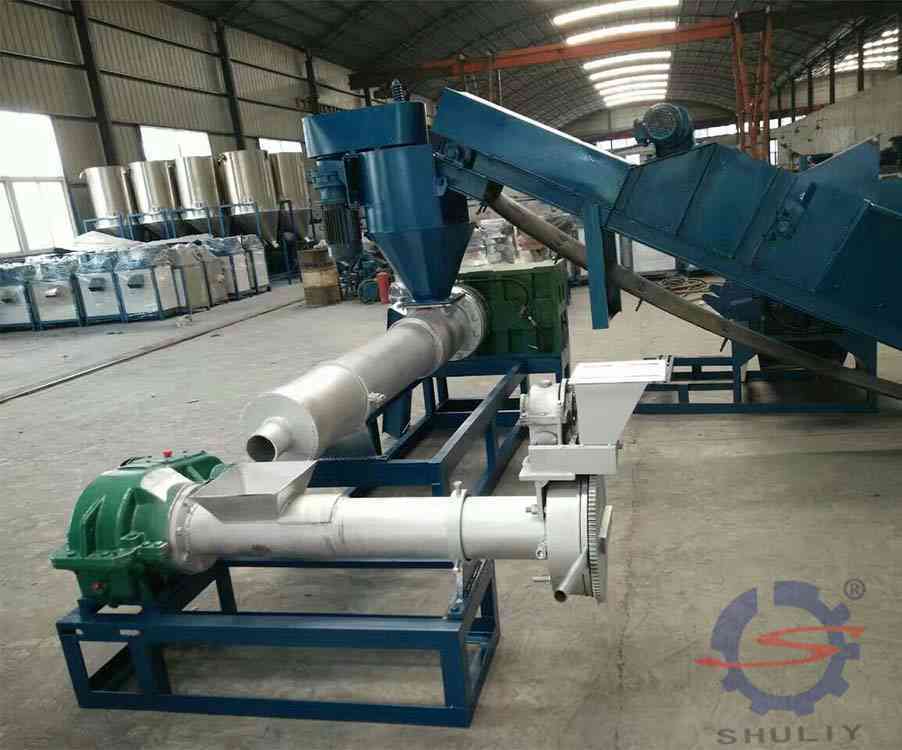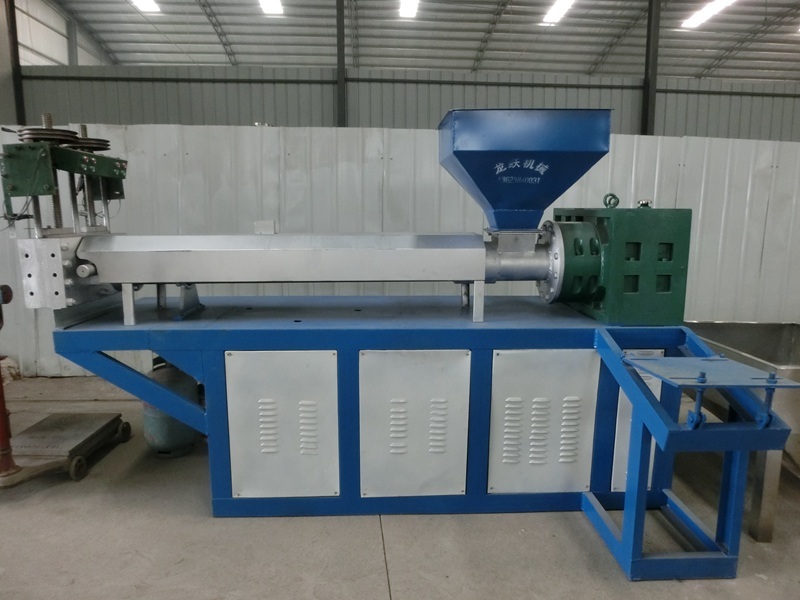Waste HDPE plastic recycling machinery technology
PE is a versatile thermoplastic that is used in plastics and has the largest output. There are many types of PE plastics, and the common ones are LDPE, LLDPE, and HDPE. Today, PP/PE/LDPE plastic recycling production line manufacturers mainly introduce the technology of waste HDPE plastic recycling granulators.
HDPE uses a wide range of packaging films and various containers, such as food containers, milk bottles, and the like. Because bottles and containers are easy to collect, the recovery rate of such products is also very good. At this stage, HDPE recycling technology around the world is quite mature.


Waste HDPE plastic recycling machinery technology
The full name of HDPE is high-density polyethylene. When the used HDPE is separated, in addition to separating HDPE, the color and the color are separated. Because the colored HDPE will become a black recycled material when mixed in a plastic recycling granulator, the quality of the recycled material will be poor, and the produced particles will be greatly reduced.
Because HDPE is similar in density to PP, it is difficult to separate PP from HDPE during the separation process based on density. However, PP and HDPE have similar structures, and a small amount of PP has little effect on the regeneration process of HDPE.
The market for HDPE recycled materials is very large. Generally, HDPE products will be mixed with a certain proportion of recycled materials, but recycled materials will lead to a decline in product performance. Therefore, this kind of hybrid HDPE product is suitable for only coarse and low-registered products, for example. Various pipes, containers, garbage bags, etc. On the other hand, considering that chemicals in the container will migrate to HDPE plastics, there is no way to eradicate them when recycling, so we do not recommend using HDPE recycled materials for food packaging.
After the HDPE plastic is made into HDPE pellets in a plastic reclaimed pelletizer, the pellets are suitable for injection molding and blown film forming.
